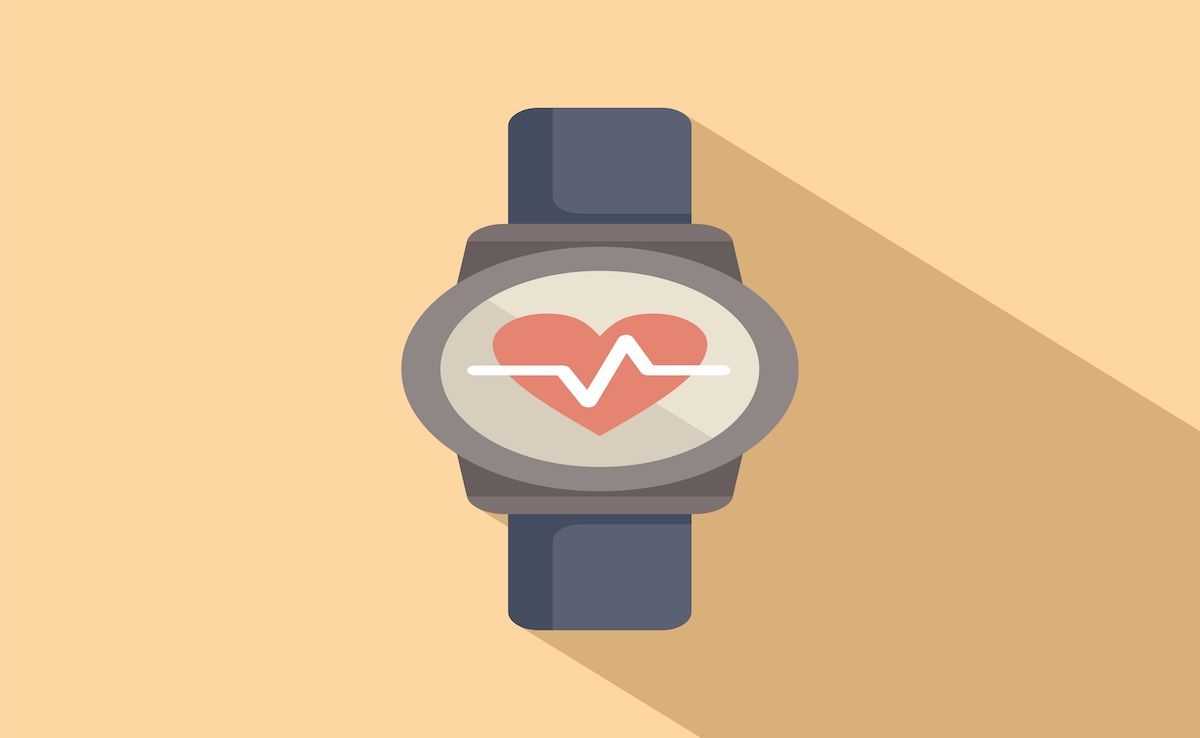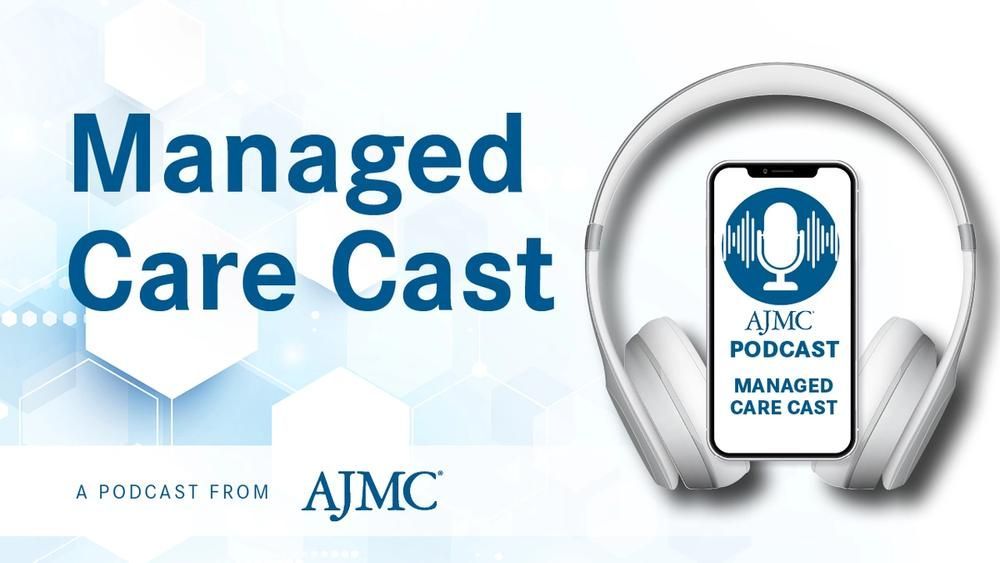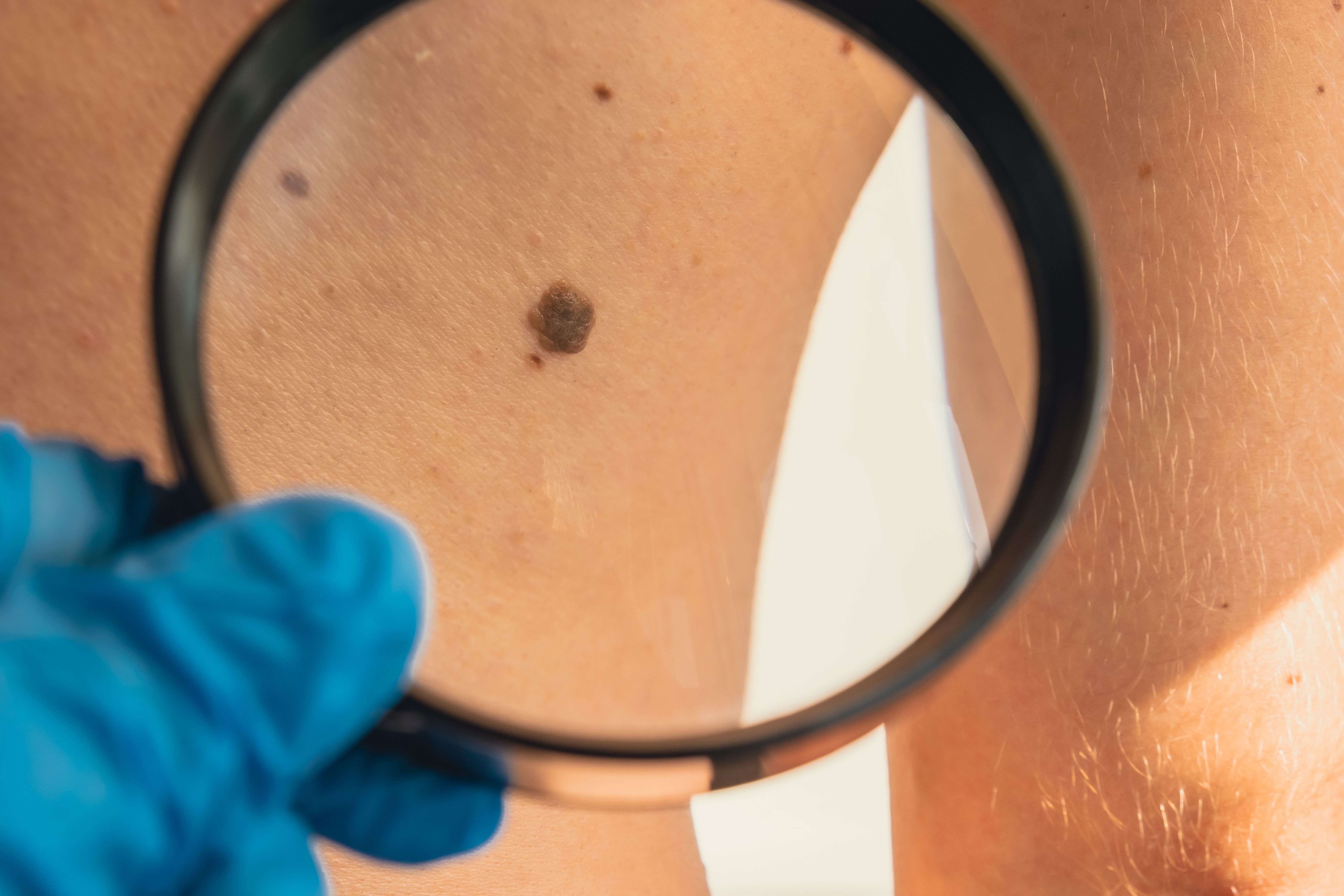Commentary
Video
Dr Geoffrey Rutledge: Patient Satisfaction Soars as Telehealth Evolves
Author(s):
Geoffrey Rutledge, MD, PhD, of HealthTap, envisions a future where all patients have a virtual care doctor as their first point of contact with the health care system.
In part 2 of this interview with Geoffrey Rutledge, MD, PhD, the cofounder and chief medical officer of HealthTap, he shares his insights on patients' initial reactions to telehealth during the COVID-19 pandemic and the growth since then. He concludes by discussing the future of telehealth and how it can continue to advance for greater accessibility and efficiency.
Watch part 1 to learn more about the evolution of telehealth.
This transcript has been lightly edited for clarity; captions were auto-generated.
Transcript
How did patients perceive telehealth, particularly during its rapid expansion as a result of the pandemic? Were there notable differences in satisfaction between virtual vs in-person visits?
Many people had some apprehension because we're so used to the mold of how health care is delivered. You visit the doctor's office and you see them face to face, so not having tried it [telehealth], not experienced it, some people were somewhat anxious about it.
What we saw, though, was that when people actually did it, they connected with the doctor, they saw they were commanding the undivided attention of their doctor via video link, they were connecting with their doctor, and then getting the care they needed. The responses were pretty uniformly positive.
As you move forward and say, how is it working now? When we look at how people respond to telehealth today, it is remarkable. It exceeds any positive reaction I could have imagined or hoped for. For example, at HealthTap, we ask people to rate their visit after every visit, and we ask them to give between 1 and 5 stars. To be frank, I thought, when we got started, if we could get up to 4 and a half stars on average, we would be doing pretty well.
More people gave it 4 or 5 stars than any other rating. What we've seen is that the response has been quite stunning. Our average rating for patients who see a doctor in our primary care clinic is 4.95 stars. More than 98% of the time, people are giving 4, usually 5, stars for the rating.
In other words, people are discovering that it works and that they enjoy it, enjoying the convenience, the accessibility, and it's also more affordable. Again, it returns to that notion of if the care you need can be delivered virtually, everybody benefits when it is done virtually.
Given telehealth's evolution over the past 5 years, what do you see for its future? What policies or innovations are needed to ensure its sustainability?
What we're seeing is that virtual care is so effective and so many people don't have a primary care doctor, that in the future world, I imagine everyone having access to a doctor who knows them, who's accessible to them virtually.
In the perfect world, before you run to the emergency department or make an appointment with a specialist, you would talk to a doctor [with] whom you could discuss what's needed and have that person guide you to the care that you actually need. One of the powerful things that virtual care does is it causes more efficient use of health care resources because it avoids unnecessary and expensive care. Oftentimes, the virtual care doctor can simply manage the problem without any additional care beyond that.
In the future, I'd like to see everyone having a virtual care doctor as their point of first contact to the health care system, that anytime they're contemplating a more expensive or additional, more intensive care, they discuss and review with a doctor who actually knows them already, cares for them, and can guide them to the right care.
We'll also see in the future the additional ability to gain access to specialists virtually, where, in particular, the doctor giving primary care may also be able to bring in a specialist into that virtual consultation to gain access to the best resources. Right now, it can take a long time to get in to see a specialist, and having the specialist communicate with the doctor and the patient together virtually is a wonderful way to extend that whole principle of having the right decision made to guide the person to the care that they need.





